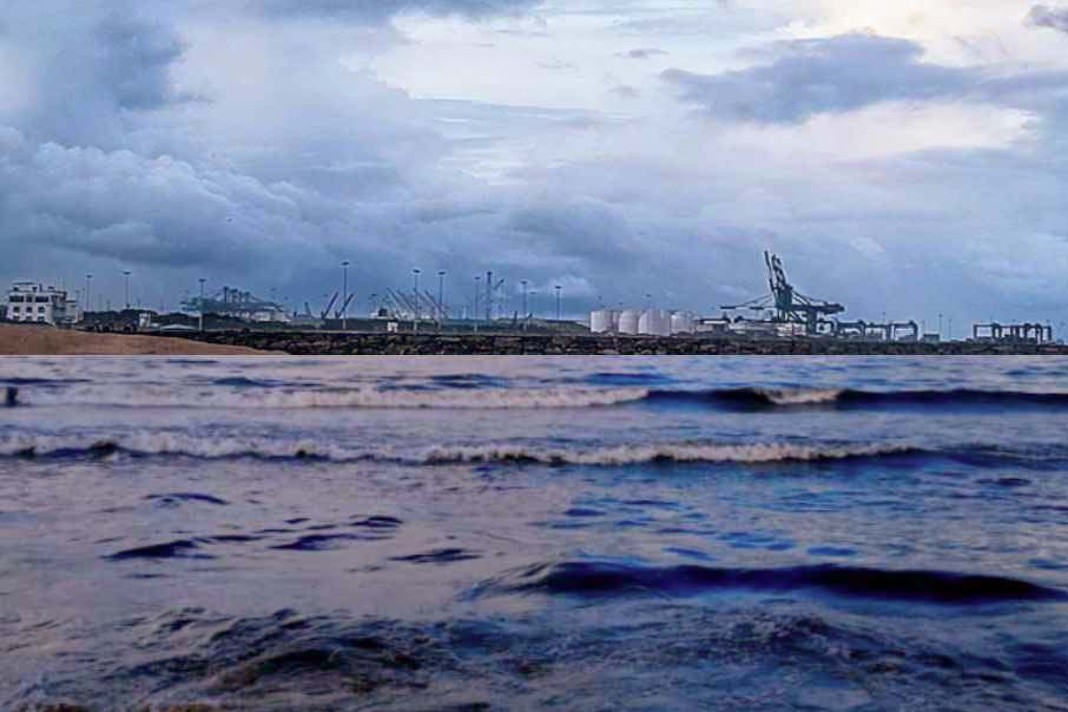Dryad Global’s report, “Shadow Fleet Exposed by Sanctions and Sensors,” offers a stark look at the evolving battle against illicit maritime operations. The key takeaway from the report is how Western sanctions, combined with sophisticated satellite surveillance and advanced analytics, are progressively shrinking the operational space for shadow fleet vessels.
Escalation of Sanctions
Between January and May 2025, approximately 270 distinct tankers linked to Russian crude oil trade have been blacklisted by the U.S., EU, and U.K. This represents a significant escalation, tripling the number of vessels targeted since January.
- U.S. Actions: The crackdown began on January 10, when the U.S. Treasury blacklisted 183 tankers and sanctioned major Russian energy companies like Gazprom Neft and Surgutneftegas. This action alone removed 17 million DWT (deadweight tonnage) of shipping capacity from mainstream trade.
- EU Sanctions: The EU followed with its 16th and 17th sanctions packages in February and May, respectively. These packages added a total of 74 and 189 tankers to the blacklist and introduced measures that hold parties liable for facilitating the operation of unsafe or uninsured tankers. The EU’s expanded blacklist now covers 153 vessels.
- U.K. Contribution: The U.K. joined the effort in March, adding 29 more hulls to its sanctions list.
- Combined Impact: After removing duplicates, the combined Western sanctions now cover roughly 270 tankers, accounting for nearly 25 million DWT, a substantial increase from the 83 tankers identified at the beginning of the year.
How the Shadow Fleet Evades Scrutiny
Despite the intensified sanctions, Dryad Global highlights that the shadow fleet consistently employs a set of sophisticated evasion techniques to avoid detection and circumvent restrictions:
- AIS Manipulation:
- Changing Vessel Type: Crews may alter the vessel’s self-reported type in the Automatic Identification System (AIS) from “oil tanker” to a less regulated category.
- Disabling Transponders (“Going Dark”): Vessels frequently disable their AIS transponders entirely when transiting sensitive choke points like Ceuta or the Strait of Hormuz, reactivating them only once clear of scrutiny.
- False Static Positions (Spoofing): In some instances, vessels transmit false static positions, making it appear as though they are anchored, while they are actually underway towards a mid-sea transfer point.
- Frequent Identity Changes:
- Name and Flag Switching: Tankers commonly undergo rapid changes to their name and flag. A vessel might switch from a Russian to a Liberian registry within days, often repainting identifiers while in port to match the new documentation.
- Digital Certificates: These identity changes are quickly reflected in digital certificates, which are typically accepted at face value by port-state authorities, making it difficult to trace the vessel’s history.
- Opaque Ownership Structures:
- Front Companies: A single vessel may be transferred between multiple front companies over the course of a year, often registered in jurisdictions known for corporate opacity, such as the Seychelles, Sharjah, or the Marshall Islands.
- Nominal Prices: These transactions are usually recorded at nominal prices, deliberately obscuring the identity of the beneficial owner behind layers of nominee directors and complex corporate networks.
- Cargo Concealment: Offshore ship-to-ship (STS) transfers, particularly in locations like Lomé, Ceuta, or Kandla, are used to blend Russian, Iranian, and Venezuelan crude into mixed cargoes. These are then often labelled as generic fuel oil, making origin tracing extremely difficult and hampering the enforcement of sanctions and price caps.
Commercial Impact & Market Signals
The sanctions have had several significant commercial impacts on the shipping market:
- Unpredictable Freight Rates: The U.S. blacklisting of 183 tankers on January 10 immediately removed about 4% of global Aframax capacity from the open market. This sudden reduction in available tonnage led to dramatic price surges. For example, spot prices for routes like Kozmino to North China doubled in just a few days. By the end of the first quarter, average Aframax rates were approximately 30% higher than the previous year.
- Shifting Shipping Routes: To evade EU surveillance and stricter enforcement in Western waters, many Russian cargoes now opt for longer routes, sailing around the Cape of Good Hope instead of utilizing the Suez Canal. This “long haul” strategy means charterers must plan and budget for significantly increased fuel costs and longer transit times much earlier in their logistics processes.
- Environmental and Sustainability Concerns: The increased scrutiny has also highlighted environmental and sustainability risks. Investors are now utilizing satellite data to track emissions from individual vessels. Older tankers in the shadow fleet, which frequently burn high-sulfur fuel and often lack modern emissions controls, are among the worst environmental performers. These vessels are immediately flagged as high-risk by many investment funds. Furthermore, some investors automatically downgrade any voyage involving a non-International Group (IG) insured tanker, as shadow fleet vessels often operate without adequate, reputable insurance. This raises concerns about liability in case of accidents or spills.
Did you subscribe to our daily Newsletter?
It’s Free Click here to Subscribe!
Source: Safety4sea

















